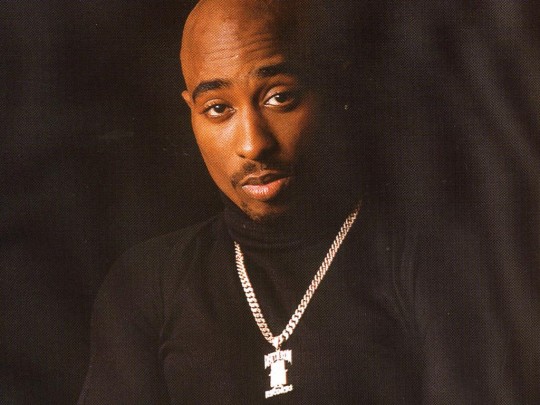
Until his family relocated to Baltimore in 1984, Fula was the primary organizer of Tupac’s social life. While Tupac grew up in a circle of women and their children, few had the same impact on his personhood as Fula.Īlong with his mother, Fula was instrumental in Tupac’s cultural education, taking on much of the childcare for Tupac when her own son-Yaki ‘Kadafi’ Fula-came along and the two were inseparable. It was into this world that Tupac Amaru Shakur was born in 1971, a “so of the social revolution in America” (Fula, i). They both worked at the Bronx Legal Services where they stayed engaged in the struggle, serving their community. Following her hard-won release, Fula secured Afeni safe housing in a home shared amongst “socially conscious women” in the movement. As a young, politically-engaged Black New Yorker in the city during the infamous Panther 21 trials, Fula did not hesitate to participate in the marches that took places outside the Women’s House of Detention and the 100 Centre Street courtroom while Tupac’s mother, Afeni Shakur, defended both her innocence and her right to a dignified pregnancy that was being intentionally withheld through targeted corrections department procedures. It is no wonder, then, that Tupac selected Fula, his trusted mentor, to helm this new project.įula came into Tupac’s life before he was even living it. The son of Black Panthers, raised by a collective of women in the revolutionary movement, Euphanasia was conceived as Tupac’s triumphant return to the riotous political origins at the heart of his identity. was to simultaneously be a new media group and community organization, tasked to produce newspapers, magazines, films, create youth programming and build community spaces all in service of the ongoing project of black liberation (Fula, 133-34). A new parent company for his label Makaveli Records, Tupac’s Euphanasia Inc. It was Fula who steered Tupac away from his original idea to name the company “Euthanasia”-a reflection of his desire to put a peaceful end to his “Thug Life” persona-to “Euphanasia,” derived from euphoria, a feeling of well-being. By the end of January 1996, Fula had relocated to Los Angeles to begin her tenure as Office Manager and head of business at Euphanasia Incorporated. New Jersey, December 1995, Fula receives a call from her beloved godson asking if she’s ready to take his career to the “next level” (Fula, 133). This is where Yaasmyn Fula-at once Tupac’s godmother, advisor, “auntie,” money manager, caretaker, and lifelong supporter-enters our royal tale. The aesthetic rules of Hip Hop Culture are clear there is only one way to commemorate your arrival into a new phase of life-you get a new piece of bling. By 1996, Tupac not only felt ready to take on the world he was prepared to conquer it.

Through the launch of his media conglomerate Euphanasia Incorporated, ’96 saw Tupac retooling his image as he transitioned into an executive role in music, strategized screenwriting projects, and rededicated himself to community care through Euphanasia-run youth outreach programs.

Leaving behind a period of incarceration, and having signed the now notorious deal with Death Row Records, Tupac-always a multi-hyphenate dreamer-spent the first half of that year strategizing the expansion of his artistic empire. In 1996, 25-year-old Tupac Shakur was prepared to enter a new phase in his ever illustrious career. AN ACT OF SELF-CORONATION-TUPAC SHAKUR'S GOLD, RUBY, & DIAMOND CROWN RING


 0 kommentar(er)
0 kommentar(er)
